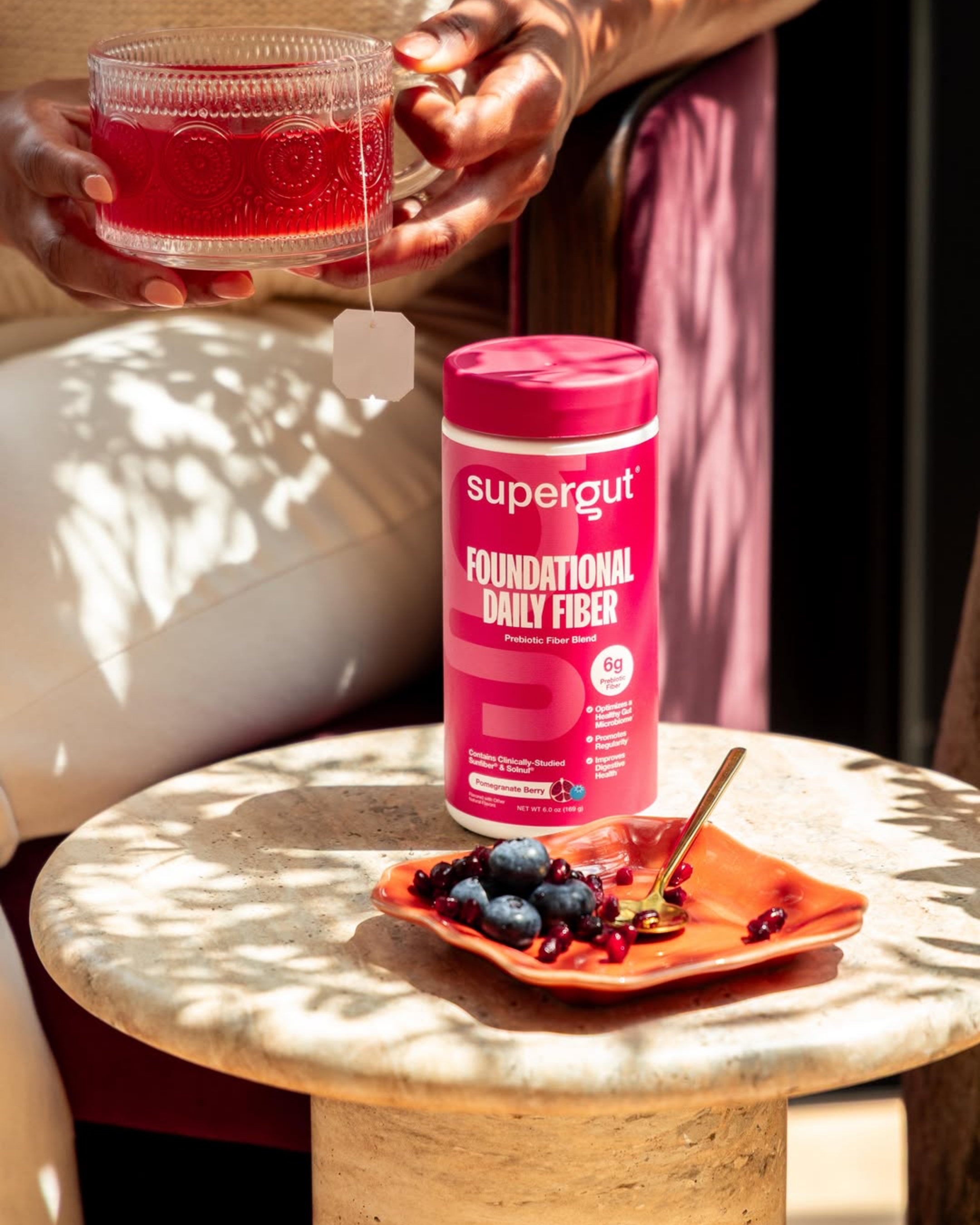The oscillation of Blackness between taboo and trend has deep historical roots. In many Black and brown communities, colorism (prejudice favoring lighter skin over dark) shaped beauty rituals and mindsets for generations. It was not uncommon for elders to warn children “don’t stay in the sun too long, or you’ll get darker,” reflecting an ingrained fear of deepening one’s complexion. Such attitudes were born from colonial-era biases and the harsh reality that darker-skinned people faced greater discrimination. In African and Asian markets throughout the late 20th century and 2000s, a booming business in skin-bleaching creams capitalized on these biases. By the early 2010s, for example, Nigeria was reported to have the world’s highest percentage of women using skin lightening products (an estimated 77%) in pursuit of a fairer complexion. Major brands even ran ads explicitly promising “visibly fairer skin” to Black women, a move that sparked outrage for its blatant colorism. In essence, Black beauty was often punished for its richness; darker skin seen as something to be “corrected” or hidden.
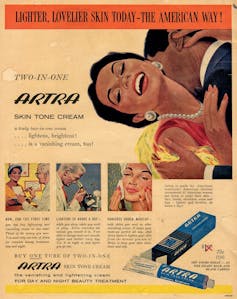
Meanwhile, in predominantly white Western markets, the opposite aesthetic was trending: having a tan. The idea that pale was ideal had flipped on its head by the mid-20th century. A bronzed complexion came to signify leisure, wealth, and health; an ironic contrast to the stigma darker-skinned people endured. Historians trace the fashionable tan back to the 1920s, when icons like Coco Chanel popularized sunbathing, declaring that “a golden tan is the index of chic”. For wealthy white vacationers, tanning implied you had the luxury of beach holidays and idle summer days. By the 1970s, tanning culture boomed further with indoor tanning salons and at-home bronzers, firmly establishing that “tanned skin has long been a status symbol” in the West.
The irony is glaring. In the same decade that white influencers and celebrities were spray-tanning themselves to a Marbella bronze, Black women were being sold creams to lighten their God-given melanin. Two sides of the same coin, both shaped by who gets to define beauty at any given moment. Non-Black women have often cherry-picked features like “bigger lips, smaller waists, and deeper tans”, which are “cherished on non-blacks while rebuked on black women”. Braided hair or cornrows, for instance, might be labeled “unprofessional” on Black women, only to be touted as avant-garde “boxer braids” when worn by white models. Full lips that were once mocked on Black women became a sought-after look in the Kylie Jenner era of lip fillers. And of course, richly tanned skin – a natural attribute for many people of African, South Asian, or Melanesian descent – was glamorized on those who had to fake it, even as those with real melanin were told to bleach. This pattern of accessorizing Blackness, minus the actual Black people, has been a recurring theme in beauty and fashion.

Yet, Black culture has persistently been the wellspring of beauty innovation and style. From the influence of African American jazz icon Josephine Baker (who in 1920s Paris was fetishized for her deep “caramel skin” and even sold her own tanning oil so white Parisiennes could emulate her glow) to the countless trends in hair and makeup originated by Black and brown communities, the industry has long cashed in on Blackness when it’s profitable or cool to do so. The difference now is that Black voices are increasingly calling out this paradox and demanding not to be treated as a fleeting trend but as an integral, respected part of the beauty landscape.
The shift: reclamation through innovation
Today, we are witnessing a promising shift: Black and brown women aren’t just participating in the tanning trend. They’re redefining it. No longer is a “tan” synonymous only with making pale skin look darker. Now it can mean deeper skin tones enhancing their own radiance, on their own terms. This shift is in large part thanks to Black founders and innovators who identified the gap and hypocrisy in the market and moved to fill it.
Take for example the emergence of Black-owned self-tanning brands designed for melanin-rich skin. One notable entrant is Caribé, a UK-based indie brand launched in 2024 by sisters Phoebe and Leah Ellis. Caribé’s very mission is to “break the boundaries of beauty…for people of colour” with self-tanning formulas made with melanin in mind. The Caribé self-tanning mousse comes in shades like “Medium C94” and “Deep C60,” with undertones carefully calibrated for brown and Black complexions (olive undertones for lighter brown skin, reddish undertones for deeper skin). The idea isn’t to change one’s color dramatically, but to enrich it and to add an even, sun-kissed glow that complements darker skin rather than masking it. As Phoebe Ellis explained, it felt like self-tanning “was always that space no one thought [Black women] could also do,” so she set out to prove that assumption wrong.
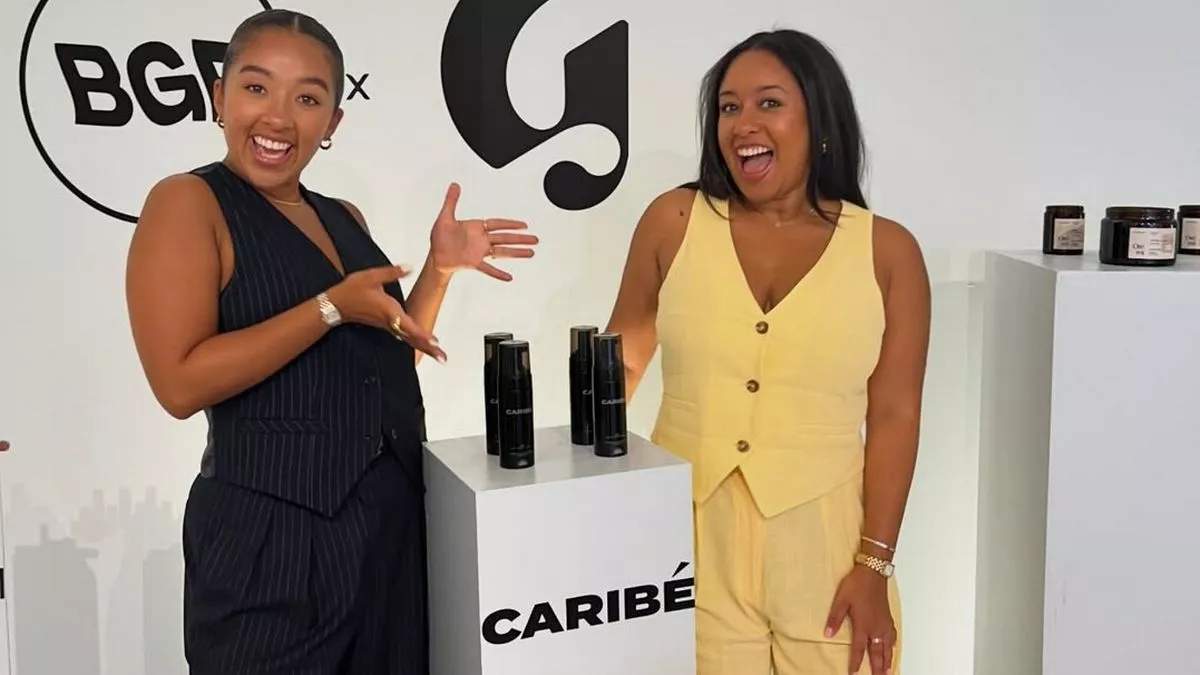
These new products and perspectives flip the old script. Instead of messaging that implies “you need to be lighter/brighter to be beautiful,” the new narrative says “you already are beautiful – here’s a little extra glow if you want it.” Many Black women using self-tanners today say their goals are to even out hyperpigmentation, camouflage scars or tan lines, and give their skin a healthy luminosity. It’s about radiance, not repentance. As Naomi Agan Miami-based influencer put it, “It’s empowering… instead of covering up and avoiding the sun because you’re afraid of getting darker, [by self-tanning] you’re embracing your skin tone”. This represents a subtle but radical act of reclaiming autonomy over one’s image: no longer letting outdated colorist ideas dictate that darker skin must always be subdued or matted down, but rather amplifying its richness.
Social media has played a key role in normalizing this shift. On TikTok, trends like adding a few drops of self-tanner into moisturizer for a “boosted glow” have gone viral among women of color. Content creators show off how bronzing drops and glow oils give deeper skin a temporary radiance boost, especially during winter months when even dark skin can get a bit dull. In fact, the hashtag #tanning on TikTok (with over 4 billion views) now features a diverse array of faces – not just the stereotypical blondes on a beach, but Black and brown women beaming about their favorite glow-enhancing products. We’re even seeing influencers popularize the idea that self-tanner can help even out complexion on dark skin (a hack Mindy Kaling famously noted when she quipped that as an Indian woman her occasional spray tan “isn’t about changing the color, it’s about evening the color”).
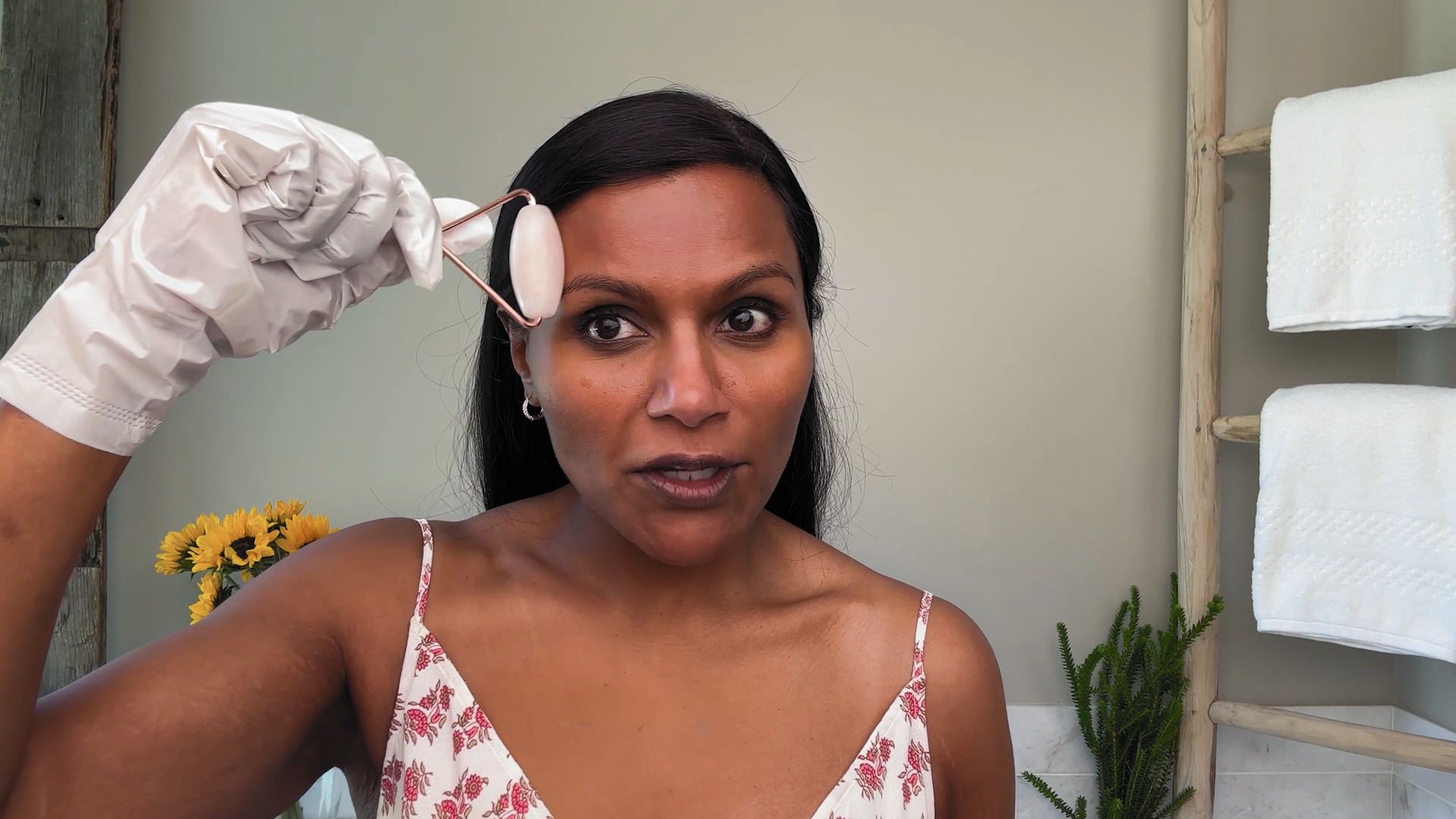
Crucially, this new wave of inclusive tanning is deeply tied to skin health and self-care. The rise of the “SPF and glow” hybrid mindset speaks to this: women of color are embracing sunscreen like never before – busting the myth that “melanin means you don’t need SPF” – but they’re also seeking that sun-kissed look in safer ways. Black-owned suncare brands (e.g. Black Girl Sunscreen) and K-beauty inspired sheer sunscreens have gained popularity for protecting darker skin without leaving a gray cast. At the same time, products like shimmering body oils with SPF, tinted moisturizers, and bronzing lotions are being marketed to add glow while keeping skin health in mind. The overall message is a far cry from the past: it’s not about escaping your skin tone, it’s about enriching and safeguarding it. In an era of the TikTok-driven “soft life” aesthetic – which champions leisure, wellness, and enjoying life’s luxuries – indulging in a self-tan or glow routine can be seen as another form of self-care for women of color who are owning their right to feel beautiful and pampered.
Black entrepreneurs are at the helm of many of these innovations. They’re redefining the language and purpose of tanning for deeper skin. Rather than “tan” being code for “trying to look lighter or like someone else,” it’s being reframed as “finding your perfect summer glow, any time of year.” The products are often positioned as bronzing or complexion enhancers. And importantly, representation is front and center: campaigns for these new brands feature dark-skinned models on the beach, glowing in the sun – images that were virtually absent from traditional tanning product ads. This representation matters not just symbolically, but functionally: as Ellis of Caribé noted, many legacy brands historically only made ultra-dark tanners for light skin (to produce a drastic tan on a pale body), which often looked odd or ineffective on actual Black skin. By formulating from scratch with melanin-rich users in mind (paying attention to undertones, hydration needs, finish on the skin, etc.), Black-founded brands are building room for deeper tones in a space that never saw them before.
The industry response: inclusivity or just imitation?
As this “inclusive tanning” movement gains momentum (and market share), the larger beauty industry has certainly taken notice. On the surface, many big brands are now jumping to broadcast their newfound inclusivity. We see legacy self-tan brands releasing extended shade ranges and adding models of color in their marketing. For instance, Australian brand Bondi Sands launched a Technocolor range with four undertone-calibrated shades, acknowledging that one ultra-dark brown doesn’t fit all. St. Tropez – long a staple of the tanning world – has started working with Black influencers to vouch that its products “work for all skin tones.” Even Isle of Paradise, founded by a white celebrity spray-tanner, built its brand on the tagline “self-tan for every body,” and was an early adopter of diverse advertising imagery.
However, industry watchers and Black founders are wisely skeptical of mere optics. Is this genuine progress, or just profitability dressed as inclusivity? The line between sincere change and tokenism can be thin. “There’s a lot of tokenism,” says Phoebe Ellis of Caribé. “[Black women] get put in campaigns, but the product isn’t made for us and doesn’t work for our skin tone.” Her point underscores a key issue: slapping a deeper-skinned model in an ad is easy; actually reformulating products to suit those deeper tones (and training staff or educating consumers on how to use them) is a deeper commitment. Some mainstream brands still offer “deep” or “ultra dark” self-tanners that were really intended for white users to get a faux mahogany look – which on a Black consumer might either do nothing or impart an unnatural orange tint. If a company isn’t investing in R&D for color-correcting bases (to counteract ashiness on dark skin) or in outreach to explain why a Black person might want a self-tan product, then their inclusivity push may ring hollow.
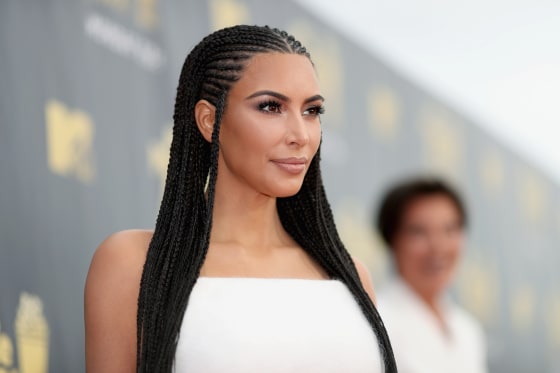
The sudden embrace of tanning for all also invites side-eye because it fits a familiar pattern: the trendification of Black aesthetics. Time and again, features and styles originating in Black communities become fashionable only after they’ve been appropriated or reframed by whites. We saw it with hairstyles (cornrows renamed and mainstreamed as “boxing braids”), with body types (curvy hips and fuller behinds turned into the Kardashian-esque beauty ideal, even as women with those natural features long faced bias), and with lips (the pouty lip trend that led to a boom in fillers, while Black women with naturally full lips long heard insults). Tanned skin falls into this pattern: it was desirable on white bodies as a symbol of trendiness and sex appeal, even while actual people born with brown skin fought against prejudice. This history is why some observers bristle at terms like “new inclusive tanning” – to Black and brown folks, the inclusion is overdue, and they wonder if it’s only happening now because there’s money to be made.
There’s also the phenomenon of “Blackfishing”, where non-Black influencers deliberately darken their skin and adopt stylistic elements of Black culture for clout, blurring lines between appreciation and exploitation. The tanning industry’s push toward deeper hues walks a fine line: celebrating diverse beauty is welcome, but not if it slides into fetishizing Blackness as a novelty or fleeting craze. Who profits from this shift matters. It’s telling that Black women themselves are driving the change in tanning practices, rather than it being handed down from on high by the same companies that once sold skin bleachers. In fact, many Black women initially faced confusion or even criticism for taking up self-tanning, some onlookers accused them of “wanting to be white” or questioned why someone “already dark” would tan. Such reactions underscore how radical it is to defy colorist norms: these women aren’t trying to be lighter or white at all, and that misunderstanding reveals how conditioned society has been to see tanning purely through a white lens.
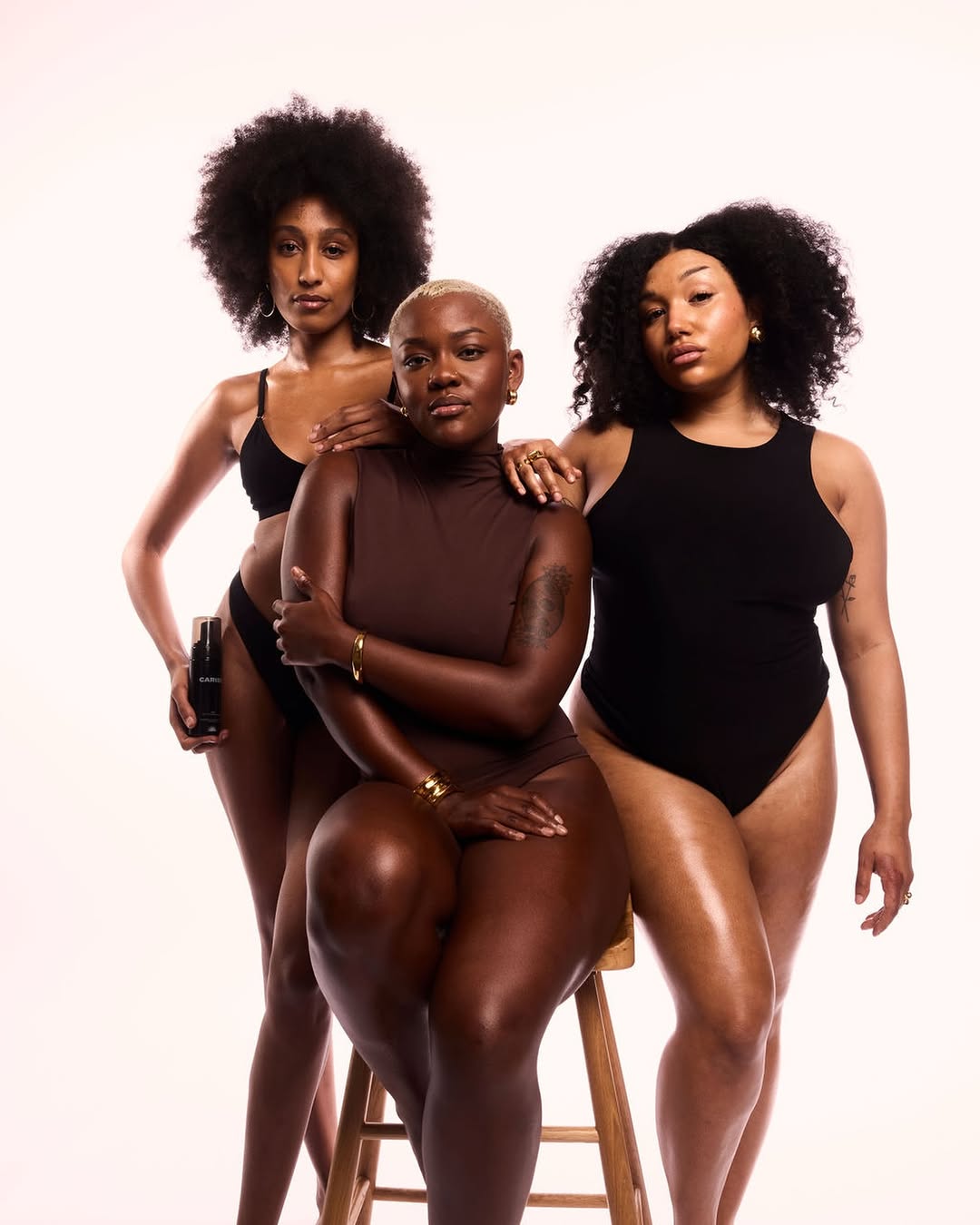
The good news is, the more Black and brown voices shape this narrative, the more authentic it will be. Beauty giants, seeing the dollars in diversity, are now playing catch-up to a movement that grew largely from the grassroots. Self-tanner usage among Black consumers has skyrocketed 175% since 2022, according to market research, with Gen-Z and Millennials of color leading the way. That’s a massive new market, and of course brands don’t want to miss out. But serving this market properly means more than a quick rebrand. It requires listening to what these consumers actually want – which, as surveys show, is often different from the traditional tanning pitch. Rather than promises of “3 shades darker in one hour!”, women of color are looking for benefits like hydration, even tone, a bronze sheen that complements their undertone, and assurance the product won’t make them look gray or orange. They also value seeing people like themselves in advertising, not as a one-off token but as a core demographic. Brands that respond with genuine product innovation (for example, adding color-corrective pigments to avoid ashy results, or incorporating skin-nourishing ingredients to address dryness that often shows more on dark skin) stand to gain lasting loyalty. Those that don’t, risk being called out or abandoned as soon as the “trend” cycle moves on.
It’s a delicate balance. Many Black beauty creators and editors have a long memory of how their features have been commodified in the past. As one beauty writer put it, the industry owes Black women more than just a momentary trend – it owes them credit as the originators of so many “celebrated” looks and equitable representation beyond the fad of the day. The hope is that the current tanning revolution is more than a fad – that it marks a real paradigm change where “inclusive” isn’t a buzzword but a baseline. The fact that Black entrepreneurs are at the forefront gives reason for optimism. It suggests that this time, Blackness isn’t just being borrowed or imitated by the beauty industry; rather, Black women are themselves architecting the vision, defining what beauty products for them should look and feel like.
From paradox to progress?
“Too dark, until it’s profitable” – it’s a biting phrase because it rings true far beyond tanning. But perhaps we are inching towards a future where the profit motive and genuine inclusivity align for a change. The tanning sector’s embrace of deeper skin tones – from marketing “glow drops” that work on brown skin to bronzing mousses made by and for Black women – exemplifies a larger cultural reckoning. Blackness is not a trend or aesthetic accessory; it’s a lived experience and identity that deserves continuous visibility and respect in beauty, not just when it’s convenient.
In the end, the paradox of Blackness in beauty – oscillating between “Too Dark” and “Trending” – forces us to confront who beauty standards serve and why. When the same skin tone can be denigrated in one context and coveted in another, it lays bare the arbitrariness of those standards. The current moment, where a dark-skinned woman can confidently say she loves how her skin “glows so much more when I’m darker”, and where brands are finally formulating products to celebrate that glow, is a powerful rebuke to the old mentality. It’s poetic justice that Black founders are monetizing the “warmth” and “radiance” that the old guard once made unfashionable – effectively reclaiming the narrative (and the dollars) for themselves.
Still, the question remains: will this be lasting change or just the latest trend until the next one comes along? The answer may depend on accountability. As consumers and commentators, continuing to highlight the irony and calling for authenticity can keep the industry honest. If inclusive tanning – and inclusive beauty at large – is driven by those who live the nuance and have done the research (to echo the tone of a savvy beauty editor), then it stands a better chance of being more than a marketing phase. Blackness has always been beautiful; the beauty industry is finally saying so – and if it truly means it this time, that declaration should not fade with the season.

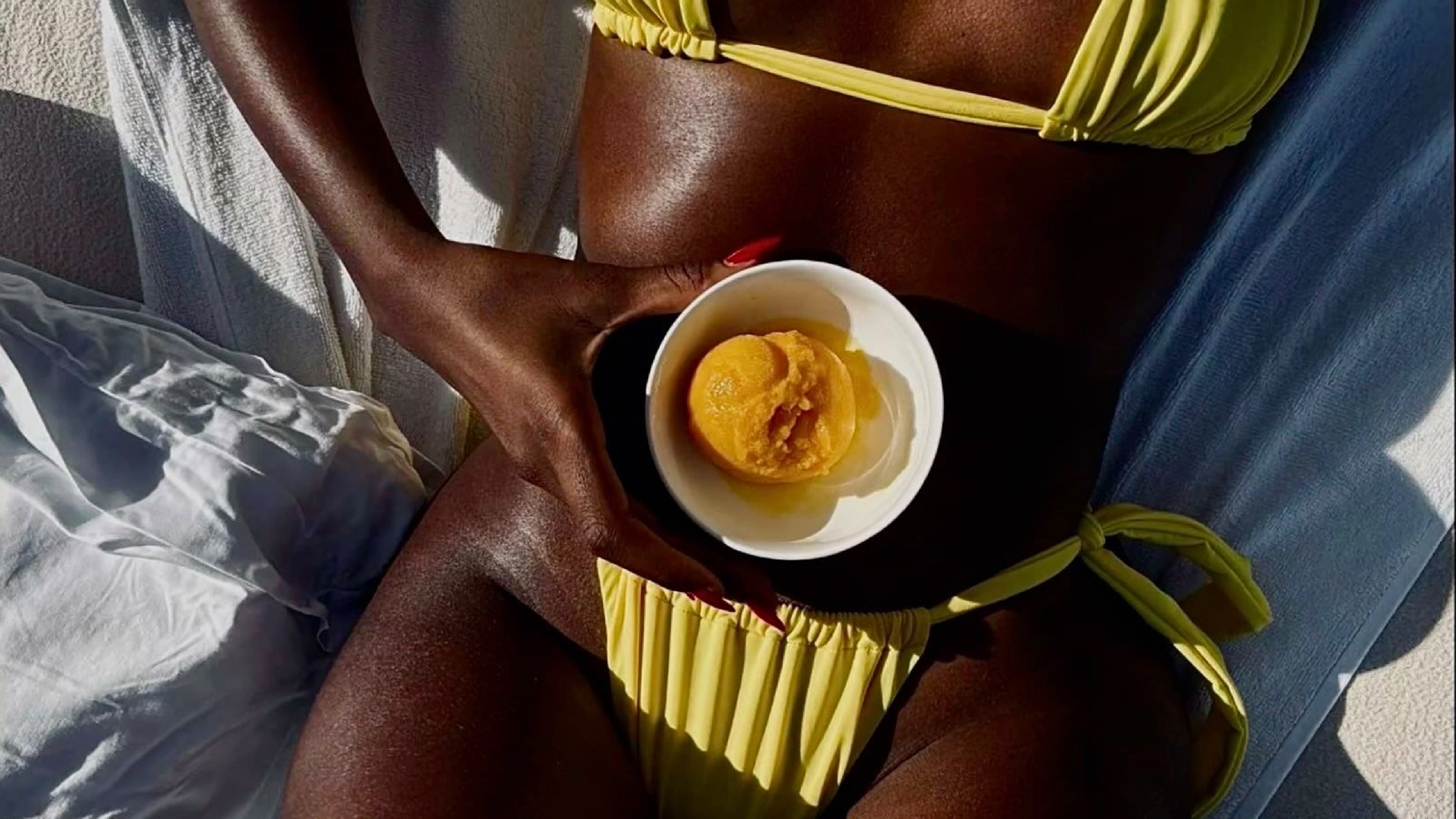
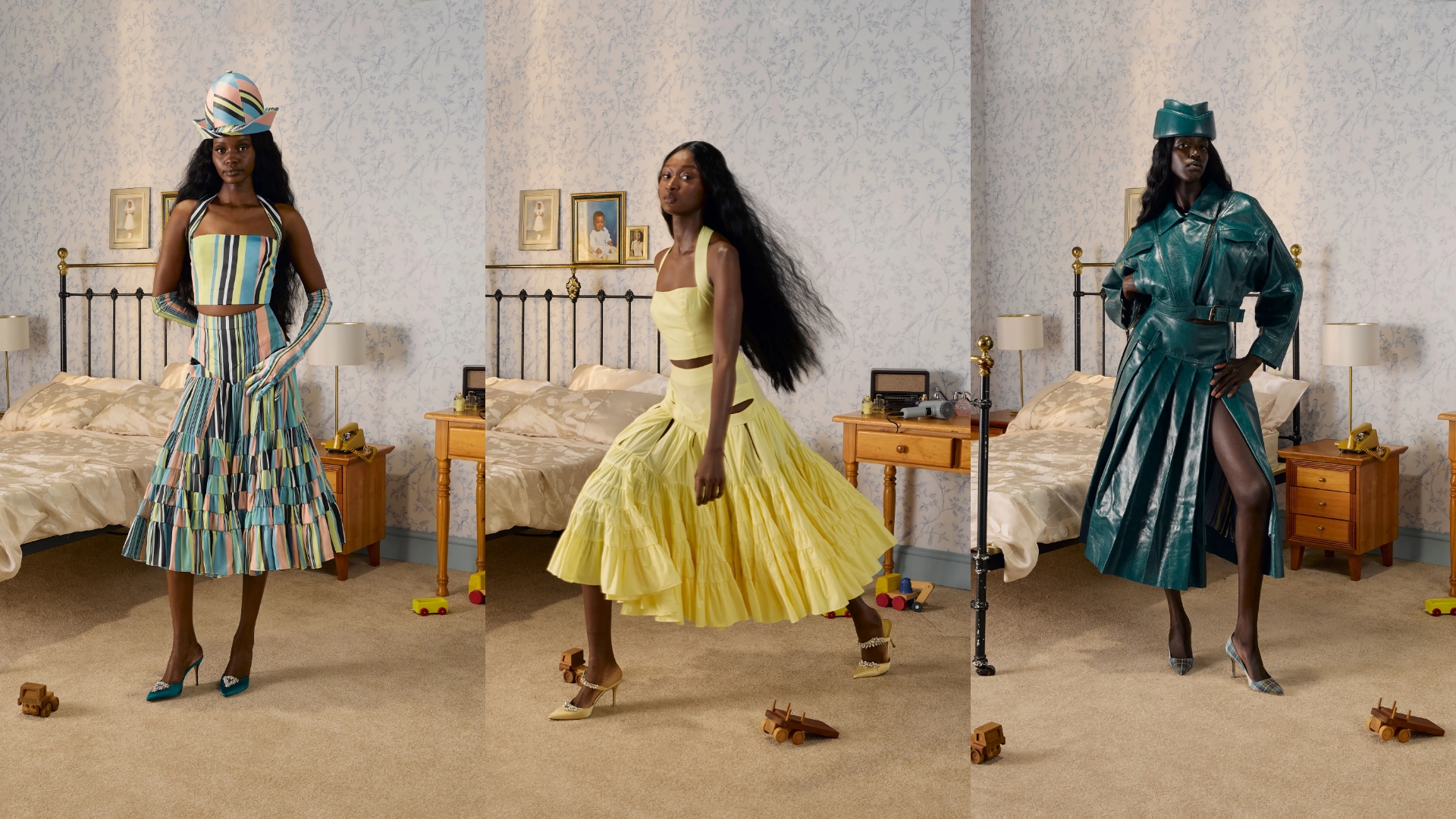



.svg)


.svg)
.svg)


